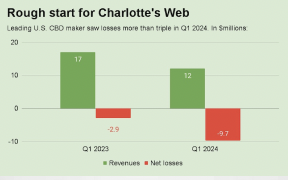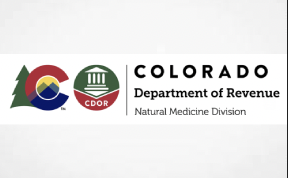In this article, we are looking to add some industry insight into drug testing, specifically focusing on the theme of hair drug testing for cannabis. Read on as we answer some of the key questions and provide our own insider information.
What is hair drug testing?
The scientific name for this process is a ‘Hair Follicle Drug Test’ and it involves using a sample of hair to decipher which drugs have been consumed within a particular timeframe.
How is hair drug testing for cannabis performed?
A hair follicle drug test is looking for a variety of different drugs, not only cannabis, and it starts by using a decontaminated pair of scissors to cut a small sample of hair*. The same hair sample can be used to test for a variety of substances. That sample of around 200 hairs (the width of an iPhone charger) is commonly sealed in a chain of custody bag and sent to a lab for testing, however, some businesses can request a professional testing company to perform the hair collection on their premises.
Most hair drug testing services are looking at the last 90 days of consumption, however, some of the more advanced facilities can assess drug use over the last 12 months (depending on hair length). The hair can be segmented to monitor the individuals’ exposure behaviours over a monthly basis (month by month). The laboratory analysis looks for certain substances and metabolites present in the hair using highly specific techniques.
The analyses of the washings can sometimes provide an indication of whether or not the drugs detected in the hair were as a result of active exposure and/or external contamination (either through sweat or direct contamination such as the tablet/drug powder being in contact with the hair).
By assessing both the analysed hair and the hair washes, the most detailed analysis can detect whether someone has been in an environment where cannabis was being smoked, or whether they smoked it themselves.
*Hair is typically taken from the posterior vertex (crown) of the head, due to the consistency of hair growth in this particular area of the hair. If someone has little or no hair on their head, body hair from the leg, arm, chest or even nails can be used instead.
Is a hair follicle test only looking for cannabis usage?
Cannabis is one of around 2,000 substances that the more advanced private testing facilities can search for. However, these are the 9 most typical categories of drugs being tested for:
- Cannabis
- Cocaine (including crack)
- Opiates (including heroin, oxycodone, morphine, codeine)
- Synthetic Opioids (Tramadol)
- Amphetamines
- Methamphetamines (including ecstasy)
- Benzodiazepines
- Methadone
- Mephedrone (aka mephedrone or M-CAT or meow meow)
- Ketamine
Employers who are looking for cannabis testing specifically can make this request, although it is more typical for all of the drugs above to be tested for through laboratory analysis.
Negative, Positive, Inconclusive – what do your results mean?
There are three possible results that might come back from the testing facility: negative, positive, and inconclusive.
Negative
- Can be determined within 24 hours
- Uses a scientific method of screen-testing such as Liquid Chromatography-Tandem Mass Spectrometry (LC-MS/MS) which is highly sensitive and specific.
- Confirms that no illegal drug use has taken place in the specified timeframe
Positive
- Can be confirmed after 72 hours
- It is confirmed using a highly sensitive and specific technique such as Liquid Chromatography-Tandem Mass Spectrometry (LC-MS/MS)*
- A positive result will also show what specific drugs have been consumed
Inconclusive
- Very uncommon
- May occur if the hair sample is void or chemically treated (bleached or dyed)
*The LC-MS/MS testing technique offers a specific method of detecting the requested substances and guards against false-positive results caused by the use of other substances such as Cannabidiol (CBD) oil, foods such as poppy or hemp seeds, or prescription medication.
How accurate is hair drug testing for Cannabis?
The accuracy of the test depends on factors such as the drug incorporation rate to the hair and hair growth rates, the sensitivity of the testing methods and the cut-offs. For private laboratories, the methods of testing must be validated to avoid discrepancies. For people who are concerned about dyes, it is standard practice that the hair is washed prior to sampling. Hair dyes can be detected in this washing procedure and considered when interpreting the results.
Is a hair follicle test better than a urine or blood test?
- Longer detection window
- Tamper-resistant and non-intrusive
- Negligible risk of infection
- Easy storage
- Reliable results
- No decomposition like other matrices such as fluids and tissues
Better depends on what information is being sought out. If the employer or authority requiring the taking of the test wants to know about the consumption of cannabis in the last few days, urine or blood testing is recommended. However, it is to be known whether cannabis has been taken over the last year, six months, three months or even over a one month window, then they would be better going down the hair drug testing route.
Drugs are present in the bloodstream and incorporate into the hair cells as hair grows, which is why hair holds a longer period of information. Through segmentation and based on the average growth rate of hair 1cm per month, testing can show approximately at what point drugs have been consumed.
Conclusion
For companies who are concerned about the absolute accuracy of their results, they should work with the most highly accredited and licensed testing companies. Those testing companies with the largest substance libraries, expertise, most rigorous metabolite testing, and who are used by the courts and government, will give the most assurance.

















